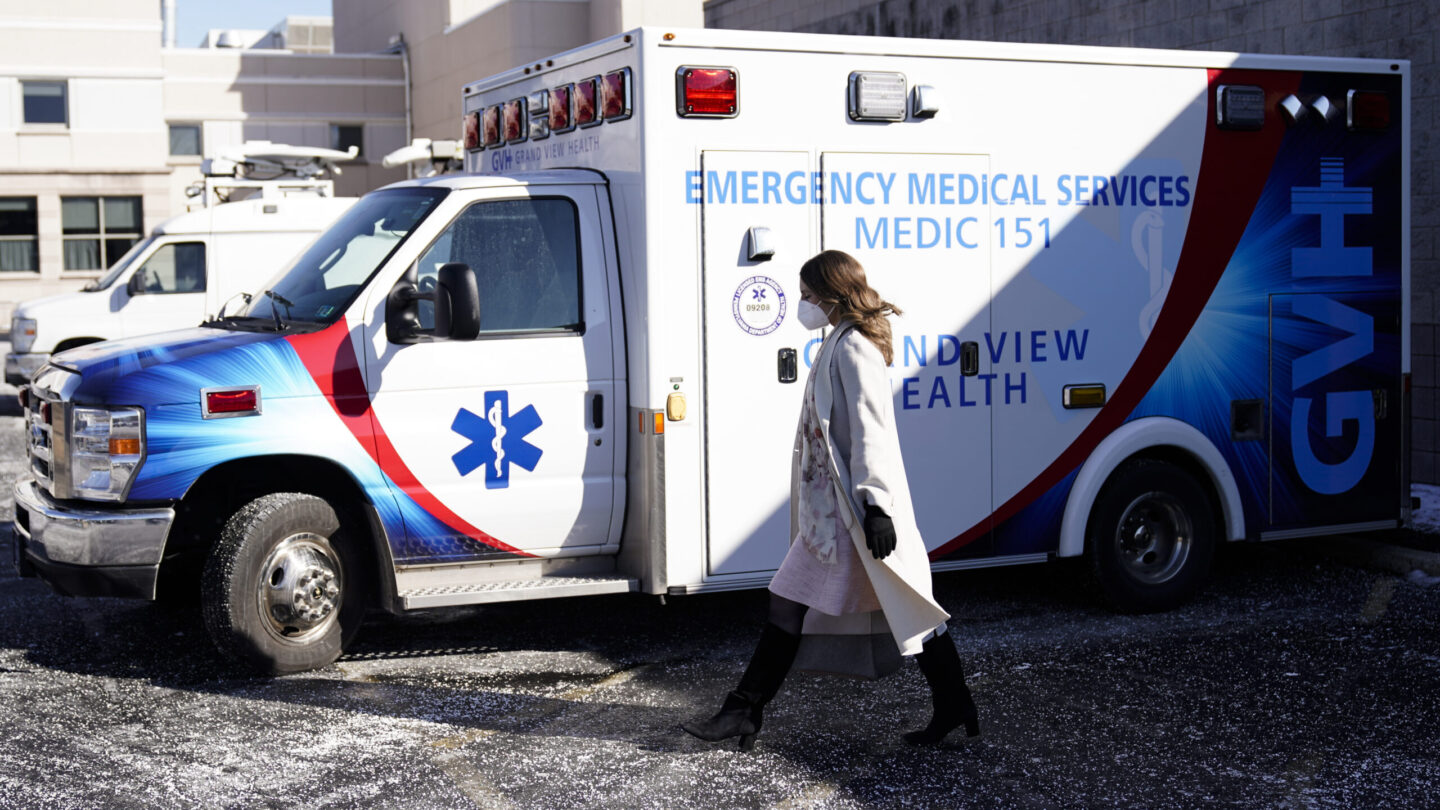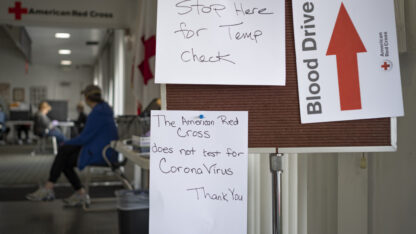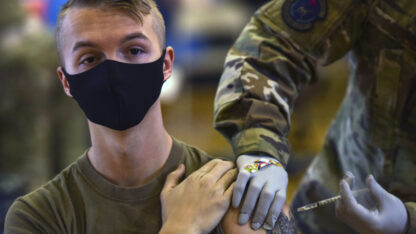The U.S. has crossed yet another tragic landmark in the ongoing battle against COVID-19. On Friday, the country surpassed 900,000 deaths from the disease, just two years after the first COVID-19 cluster was reported in Wuhan, China. Public health experts say coming close to the 1 million death mark from the virus is “inevitable.”
“It’s a horrible milestone, it’s a tragic number,” University of Texas at Austin professor and epidemiologist Lauren Ancel Meyers told NPR’s Rob Stein. “It was not inevitable. There are things that we could have done and should have done … to protect those who were most vulnerable. It’s a very sad day.”
Daily deaths remain high even as overall case numbers dip
The rolling seven-day average for daily COVID-19 deaths has been above 2,000 since Jan. 23, according to data from the Centers for Disease Control and Prevention. That’s nearly three times higher than November when the agency was reporting a seven-day average of 700 deaths.
Vaccines are preventing most severe disease and death
As COVID vaccines have become widely available for Americans, the number of those who have received at least one dose of either the Pfizer-BioNTech, Moderna or Johnson & Johnson vaccine continues to increase.
However, the percentage of fully vaccinated Americans is still relatively low at approximately 64%. Amid the the most recent surge of the now dominant variant omicron, unvaccinated people were 97 times more likely to die compared to those who were boosted, according to data cited this week by CDC Director Rochelle Walensky.
Public health experts note that broader vaccination and boosting would have reduced the number of deaths. “We would have at least 300,000 fewer deaths. Probably more … than that,” if the early pace of vaccination had been sustained, said Dr. Ashish Jha, dean of the Brown University School of Public Health. “But at least 300,000 Americans who have perished would still be with us. It’s tragic.”
According to the latest CDC data, 41% of Americans have received a booster.
Copyright 2022 NPR. To see more, visit https://www.npr.org.
9(MDAxODM0MDY4MDEyMTY4NDA3MzI3YjkzMw004))

9(MDAxODM0MDY4MDEyMTY4NDA3MzI3YjkzMw004))








